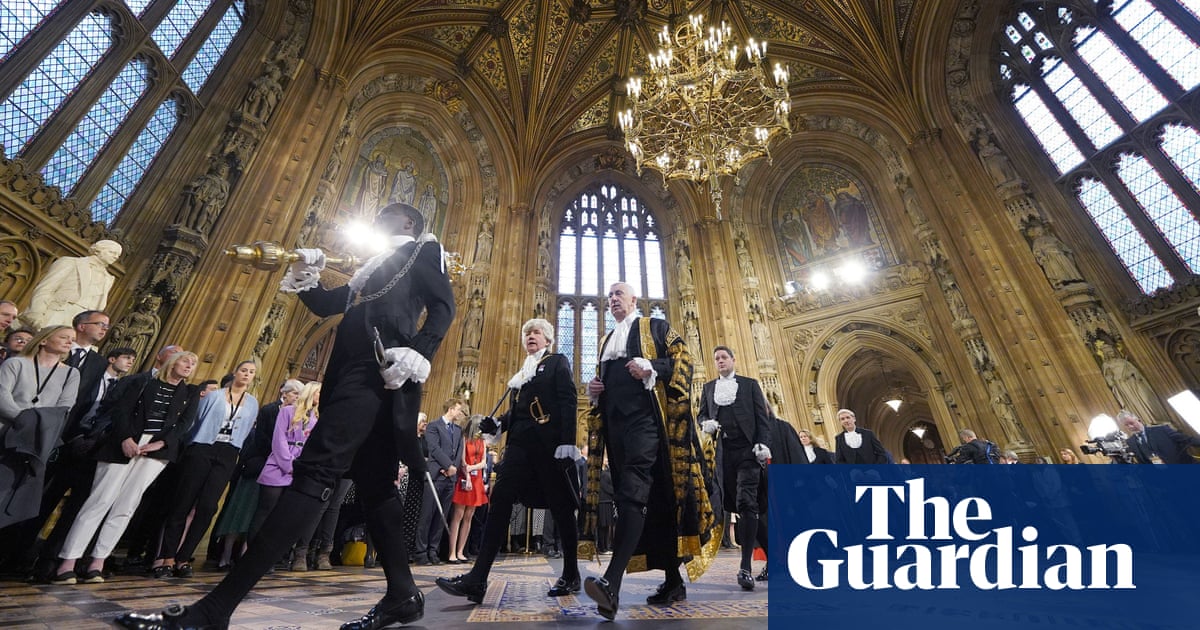
About 3 million households in the UK could begin using low-carbon hydrogen to heat their homes and cook rather than fossil fuel gas under government proposals to attract at least £4bn of investment to the hydrogen economy by 2030.
The government has published its long-awaited plans for a UK-wide hydrogen economy, which it says could be worth £900m and create more than 9,000 high-quality jobs by the end of the decade, rising to £13bn and 100,000 new jobs by 2050.
The strategy document lays out its efforts to attract investment in 5 gigawatts of hydrogen production by 2030. It suggests hydrogen could cover 20-35% of the UK’s energy consumption by 2050, providing a clean alternative to oil and gas in energy-intensive industries, power and transport.
It proposes a series of industry consultations to help establish a subsidy system to support large hydrogen projects to decarbonise areas that cannot run on electricity.
However, the plans remain dogged by uncertainty over how the government will determine a fair subsidy for the multibillion-pound projects and whether the cost will be shouldered through household bills or by the Treasury. The government has promised more clarity after an industry consultation later this year.
Matthew Fell, the chief UK policy director at the CBI, said the strategy included important steps for the economy-wide hydrogen sector.
“However, to truly capitalise on those large-scale economic opportunities, and unlock the private sector finance needed, firms will now be looking for the government to provide detailed policies and standards for hydrogen production and application,” he said.
The hydrogen projects under development include “green hydrogen” schemes, which extract hydrogen from water, leaving only oxygen as a byproduct, and “blue hydrogen”, which extracts hydrogen from fossil fuel gas before trapping the greenhouse gas emissions that are left behind.
However, last week a study by academics at Cornell and Stanford universities in the US, warned that blue hydrogen could be up to 20% worse for the climate than fossil gas owing to the emissions that escape during its production, multiplied by the amount of gas required to make the equivalent amount of energy from hydrogen.
The government says it will set out emissions standards for blue hydrogen projects to ensure they capture enough greenhouse gas emissions during hydrogen production to qualify as “low carbon”, but many environmentalists and green energy producers have put pressure on the government to drop its support for blue hydrogen altogether.
The strategy paper does not set out a vision for the balance of blue and green hydrogen in the future, despite a clear instruction from its official climate advisers at the Committee on Climate Change (CCC) to include a pathway for each to 2035.
The CCC has supported plans for a “blue hydrogen bridge” to play a role in supplementing green hydrogen over the near-term because it could begin displacing fossil fuels sooner and at a greater scale than green hydrogen projects. However, critics of blue hydrogen fear a long-term commitment could extend the UK’s reliance on fossil fuels.
Doug Parr, the chief scientist for Greenpeace UK, warned that producing large quantities of hydrogen from fossil gas would lock the UK “into costly infrastructure that is expensive and … may be higher carbon than just burning the gas”.
Dan McGrail, the chief executive of RenewableUK, said the national strategy “doesn’t focus nearly enough on developing the UK’s world-leading green hydrogen industry” and should “set out a clear ambition for green hydrogen”.
“We’re urging the government to set a target of 5GW of renewable hydrogen electrolyser capacity by 2030 as well as setting out a roadmap to get us there, to show greater leadership on tackling climate change,” he said.












